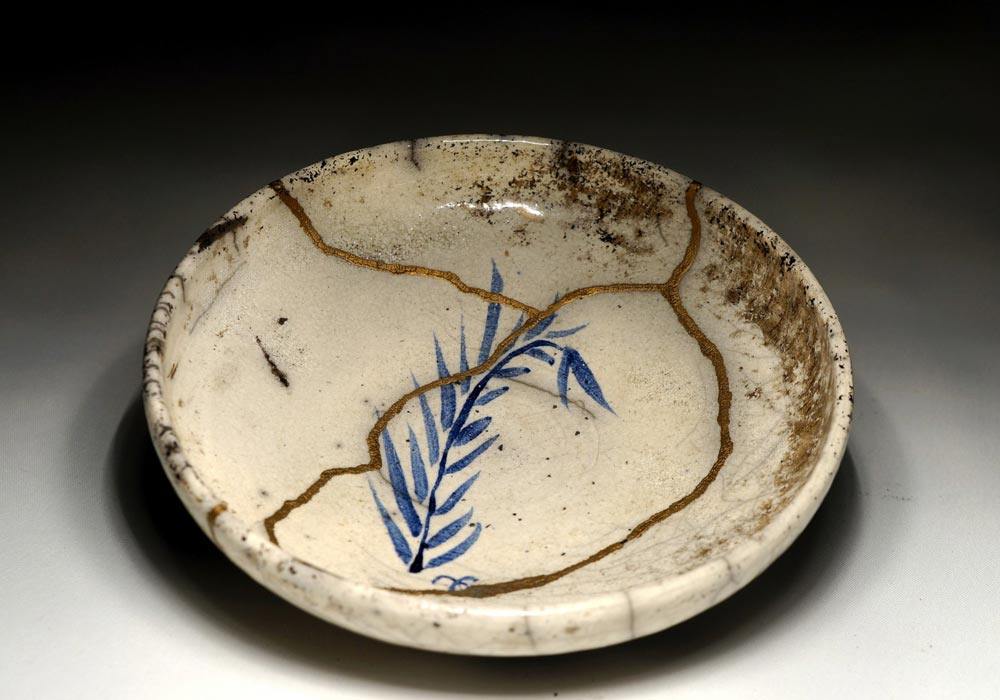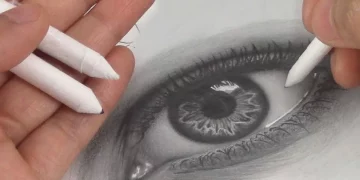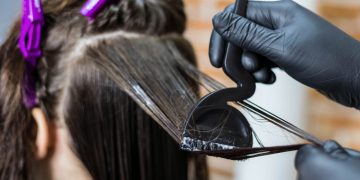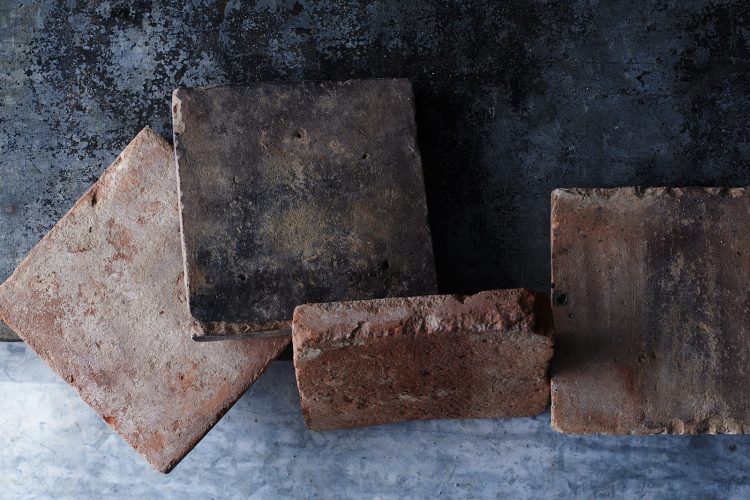In a world dominated by ideals of perfection, symmetry, and flawlessness, it may seem counterintuitive that humans often find beauty in imperfection. Yet, the fascination with the imperfect is as old as civilization itself. Across cultures, epochs, and disciplines, imperfection has been celebrated, revered, and even sought after. But what is it about flaws, irregularities, and asymmetries that captivates the human mind and heart? To answer this, we must examine the phenomenon from multiple perspectives: philosophical, psychological, aesthetic, and cultural.
The Philosophical Roots of Imperfection
Philosophical traditions across the world have long contemplated the allure of imperfection. In Eastern thought, particularly within Buddhism, impermanence and incompleteness are not merely accepted but valued. The Japanese concept of Wabi-Sabi, deeply rooted in Zen Buddhism, embodies this ethos. Wabi-Sabi celebrates the transient, the modest, and the imperfect. Unlike Western ideals, which often prize permanence and symmetry, Wabi-Sabi finds profound beauty in irregularity and natural wear. A cracked tea bowl, a weathered wooden table, or a fading garden path exemplifies Wabi-Sabi: each imperfection tells a story of time, history, and the passage of life.
In contrast, Western philosophy has historically grappled with imperfection in relation to ideals. Plato, for instance, emphasized the pursuit of the perfect Forms—abstract, idealized concepts that real-world objects could only approximate. Yet, even in Western thought, imperfection has been acknowledged as a source of intrigue and emotional depth. Renaissance artists, for instance, often emphasized human flaws to capture authentic expression, showing that beauty does not always require flawless execution.
Psychological Underpinnings
From a psychological standpoint, humans are wired to perceive and respond to imperfection in nuanced ways. Several key mechanisms explain why imperfections often elicit positive aesthetic and emotional responses.
1. Pattern Recognition and Novelty
Humans are natural pattern seekers. When faced with perfectly symmetrical or uniform objects, our brains process them efficiently but may find them unremarkable. Imperfections introduce variation, which captures attention and stimulates cognitive engagement. This is why a slightly asymmetrical face can appear more attractive than one that is perfectly proportioned: subtle deviations create uniqueness and memorability.
2. Emotional Resonance
Imperfections evoke empathy and emotional connection. A scratched violin, a weathered book, or a scarred face carries stories. Humans naturally attribute narrative to flaws, imagining experiences, struggles, and resilience behind them. This emotional resonance enhances the perceived beauty of imperfect objects and beings alike.
3. Cognitive Fluency and Authenticity
Paradoxically, slight imperfections can enhance cognitive fluency—our ease of understanding—by signaling authenticity. Perfect objects may seem artificial, mass-produced, or unattainable, while those with flaws feel real and relatable. The brain unconsciously rewards authenticity, producing pleasure in response to imperfections.

Imperfection in Art and Craft
Artistic traditions have long embraced imperfection as a source of aesthetic richness. Across different cultures, artisans have celebrated the idiosyncrasies of handmade objects.
Kintsugi: Gold in the Broken
In Japan, Kintsugi is the practice of repairing broken pottery with lacquer mixed with powdered gold or silver. Rather than concealing cracks, Kintsugi emphasizes them, transforming damage into a defining feature. The repaired object becomes more beautiful, not despite its flaws, but because of them. Philosophically, Kintsugi embodies the notion that human life, with its hardships and scars, can be more meaningful and beautiful than a pristine, untouched existence.
Imperfect Brushstrokes in Painting
In painting, imperfection often signifies skill and intention. Japanese sumi-e ink paintings, Chinese calligraphy, and even Western expressionist art value brushwork that is dynamic, unpolished, and spontaneous. Each irregularity is a signature of the artist’s hand, imparting individuality and vitality to the work.
The Charm of Handmade Objects
Handmade crafts—from pottery to textiles—derive aesthetic appeal from their irregularities. Slight asymmetry, uneven texture, and natural variation signal human involvement. In a mass-produced world, these imperfections connect us to creativity, effort, and humanity, generating appreciation that surpasses technical perfection.
Cultural Variations in Appreciation of Imperfection
The perception of beauty in imperfection varies across cultures, yet common threads emerge.
Eastern Cultures
As mentioned, East Asian aesthetics—particularly in Japan and China—revere impermanence and imperfection. Wabi-Sabi encourages acceptance of natural processes and transience, viewing imperfections as essential to beauty and meaning. Tea ceremonies, gardens, and ceramic arts exemplify this approach, where natural wear, asymmetry, and age are celebrated.
Western Cultures
Western appreciation of imperfection has historically emphasized the human dimension. Renaissance art highlighted expressive, imperfect faces and gestures, and Romantic literature glorified flawed, passionate characters. In contemporary times, Western culture increasingly values authenticity over perfection, as seen in the popularity of “raw” photography, hand-lettered typography, and imperfect fashion aesthetics.
Imperfection and Human Identity
Imperfection is not only external; it deeply shapes human identity and social perception.
Self-Acceptance
Modern psychology emphasizes the importance of embracing personal imperfections. Recognizing flaws fosters self-compassion, reduces anxiety about unattainable ideals, and encourages authentic living. People who accept their imperfections often exhibit greater resilience, creativity, and emotional intelligence.
Social Connection
Imperfect individuals are relatable. Vulnerability, mistakes, and flaws humanize us and facilitate social bonds. In relationships, authenticity derived from imperfection often outweighs superficial perfection, reinforcing the universal appeal of the flawed.

Imperfection in Modern Design
Contemporary design increasingly embraces imperfection as a deliberate aesthetic choice.
Architecture
Architects incorporate natural materials, uneven textures, and asymmetry to create spaces that feel warm, lived-in, and unique. Brutalism, wabi-sabi-inspired interiors, and adaptive reuse of historic buildings highlight irregularity and character.
Fashion and Beauty
Fashion and beauty industries have shifted to celebrate individuality. Freckles, scars, natural body shapes, and handmade fabrics are now marketed as assets rather than defects. Imperfect beauty resonates with consumers seeking authenticity in a world saturated by airbrushed images.
Digital and UX Design
Even in the digital realm, imperfection can enhance user experience. Slight variations in typography, micro-interactions, and hand-drawn icons create a human touch in otherwise sterile interfaces, fostering engagement and delight.
The Evolutionary Perspective
From an evolutionary standpoint, the appreciation of imperfection may have adaptive roots.
- Signaling Health and Vitality: Certain minor asymmetries or irregularities in faces can indicate genetic diversity, potentially signaling robustness and reproductive fitness.
- Avoiding Homogeneity: Favoring variation encourages genetic and cultural diversity, enhancing resilience in populations.
- Learning and Creativity: Exposure to imperfection stimulates problem-solving, adaptability, and creativity, traits advantageous for survival.
Imperfection and the Passage of Time
Imperfection often arises naturally from aging and the passage of time. Patina on metal, worn edges on furniture, and faded fabrics are all imperfect elements that evoke nostalgia and reflection. Time-infused imperfections connect us to history, memory, and impermanence, enhancing the aesthetic and emotional value of objects and spaces.
The Paradox of Perfection and Imperfection
Humanity’s attraction to imperfection coexists with a desire for perfection. This paradox creates a tension that heightens aesthetic appreciation. Absolute perfection can feel sterile or inaccessible, while imperfection offers narrative, texture, and emotional depth. By balancing perfection with imperfection, artists, designers, and individuals create richness and meaning.
Practical Lessons: Embracing Imperfection in Life
- Celebrate Authenticity: Seek genuine experiences and objects, valuing character over flawless appearance.
- Learn from Flaws: Recognize imperfections as opportunities for growth, creativity, and resilience.
- Foster Emotional Connection: Embrace vulnerability and human irregularities to deepen relationships.
- Design Mindfully: Whether in architecture, art, or personal style, use imperfection intentionally to enhance beauty and narrative.
Conclusion
The allure of imperfection is both timeless and universal. Philosophically, it reflects acceptance of transience and authenticity. Psychologically, it engages attention, evokes empathy, and signals genuineness. Artistically and culturally, imperfection enriches expression, design, and storytelling. In human identity, it fosters connection, resilience, and self-acceptance. Across disciplines, imperfection transforms the ordinary into the extraordinary, reminding us that true beauty often lies not in flawlessness, but in the richness of the flawed, the worn, and the authentic. To embrace imperfection is to embrace life itself, in all its irregular, unpredictable, and profound glory.












































